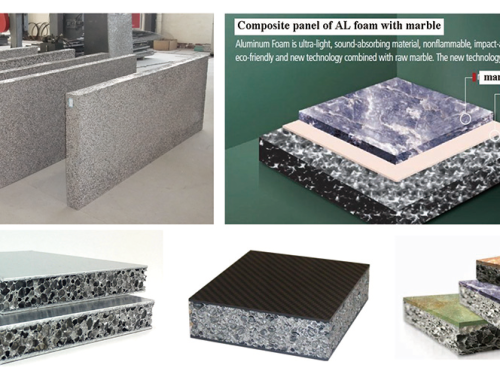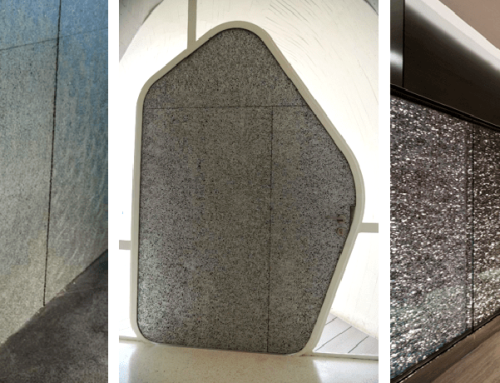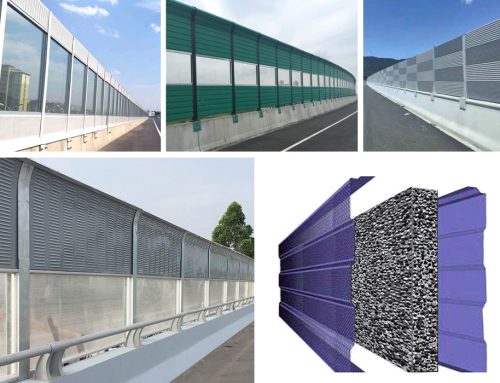Catalytic combustion is a complete oxidation reaction of fuel on the surface of the catalyst. During the catalytic combustion reaction, the reactants form low-energy surface free radicals on the surface of the catalyst, generate vibrationally excited products, and release energy in the form of infrared radiation; when the reaction is complete At the same time, the selectivity of the catalyst can effectively suppress the occurrence of side reactions that generate toxic and harmful substances, and basically no or very little pollutants such as NOх.CO and HC are generated.
Catalytic combustion has a wide range of uses. According to different temperatures, it can be divided into low temperature combustion (<600℃. Medium temperature catalytic combustion (600--1000℃) and high temperature catalytic combustion (>1000℃).
Low temperature catalytic combustion: exhaust gas purification. Low temperature drying
Medium temperature catalytic combustion: household gas appliances. Indoor and outdoor heating and heating.
High temperature catalytic combustion: aircraft engines. Natural gas power generation. Industrial boilers. High temperature furnaces.

In addition to the high-efficiency and energy-saving catalyst manufacturing technology, low-co control technology, low-noise control technology, and low-NOх control technology, the core manufacturing technology of gas infrared catalytic burner is the most important thing is to use a suitable catalyst carrier to match the catalyst coating technology , the carrier material not only needs to have strong high temperature resistance and thermal shock resistance, but also needs to have a high specific surface area to promote the reaction effect of the catalyst and increase the combustion efficiency.
At present, honeycomb ceramic materials are usually used in the industry, but ceramics have certain limitations in strength, thermal shock resistance, and specific surface area.
Compared with traditional honeycomb ceramics and honeycomb metal, foam metal has the following advantages, and it is the best replacement and upgrade product for current products.
1. Excellent high temperature resistance
2. Good acid and alkali resistance, can be used in harsh environments
3. Excellent permeability, low air resistance, three-dimensional pore structure is more conducive to air distribution
4. The metal substrate has good thermal conductivity, excellent thermal shock resistance, high mechanical strength and is not easy to break, and has a long service life



